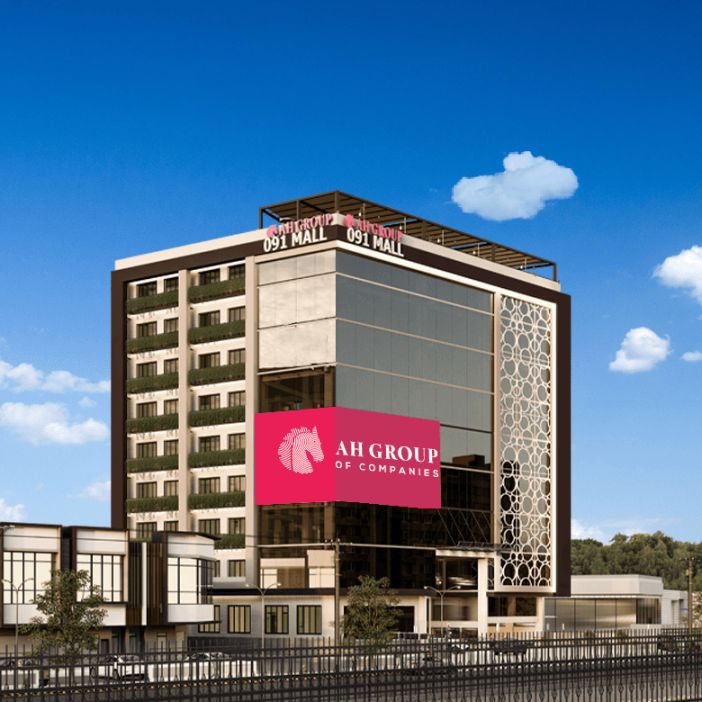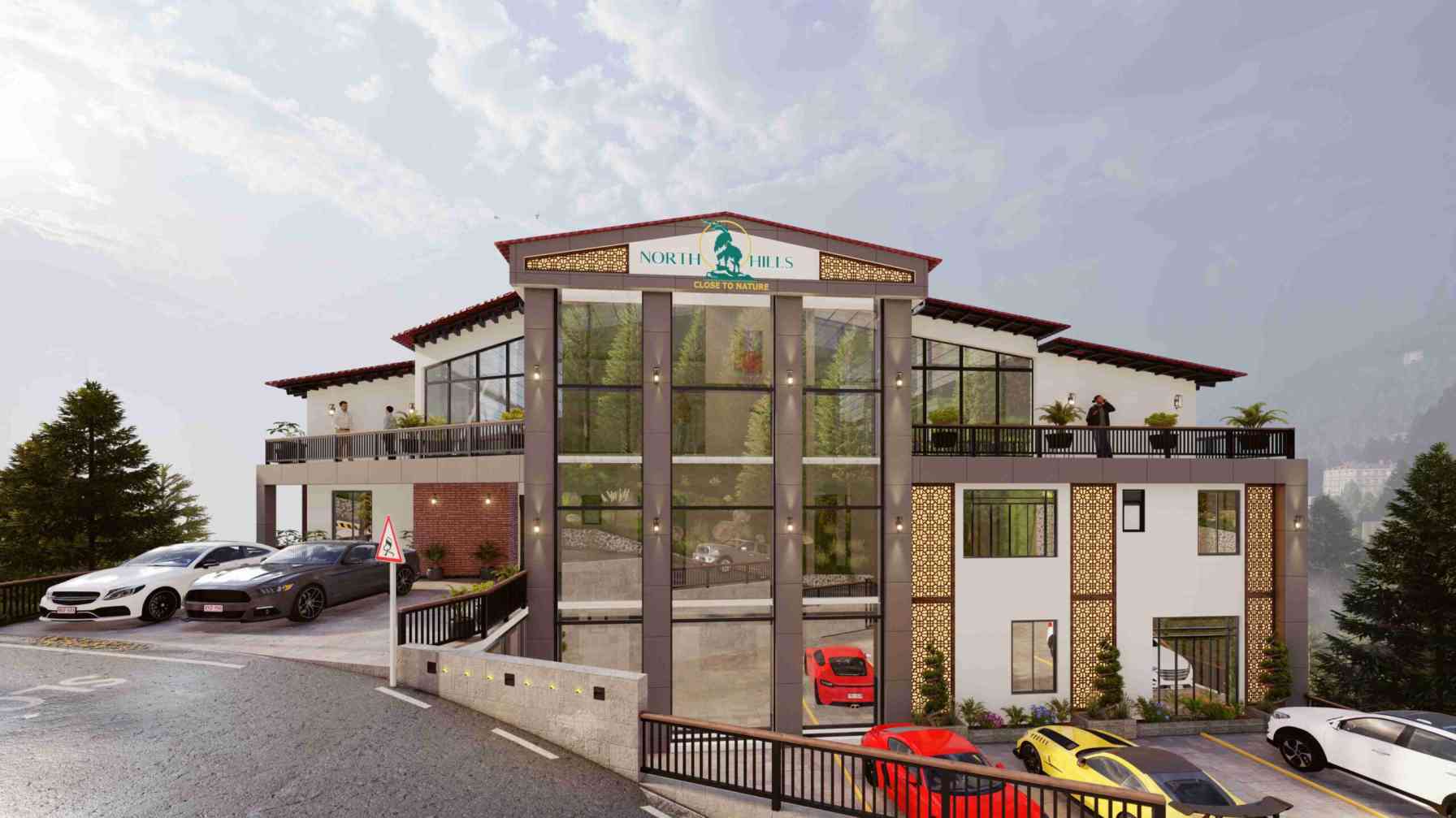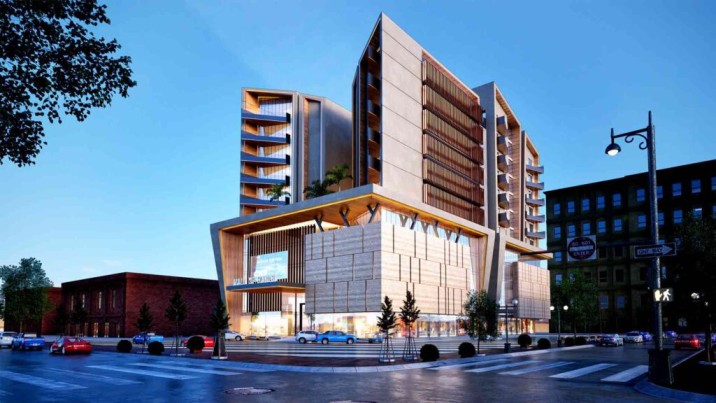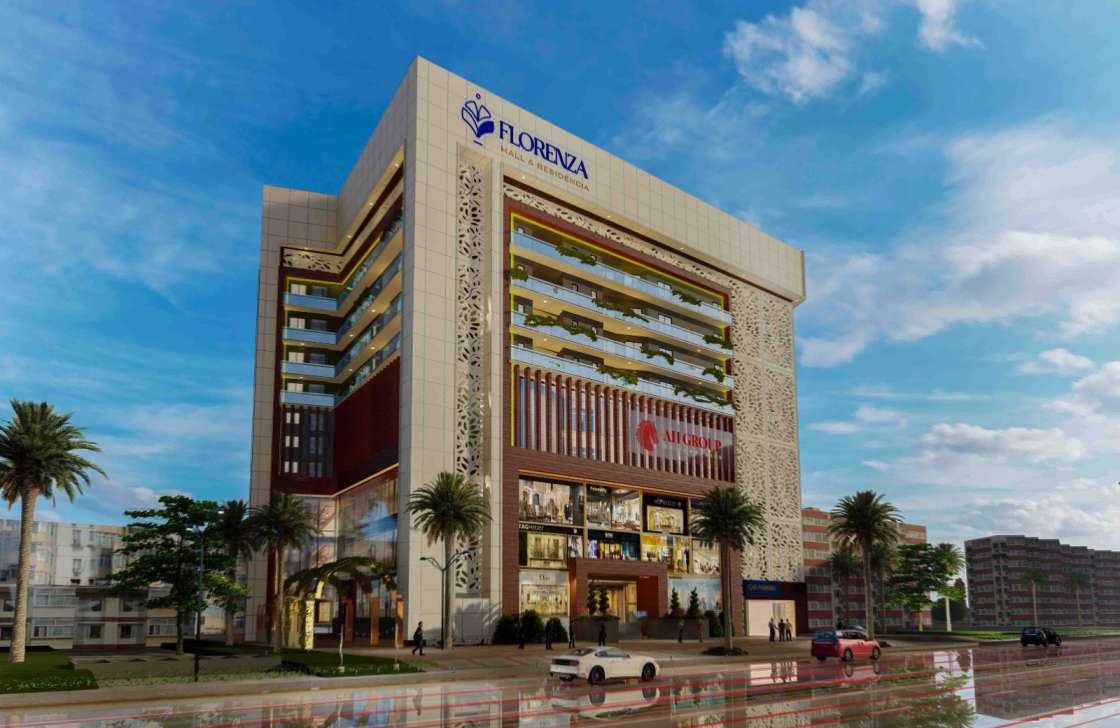How Micro-Homes can change Pakistan’s Landscape
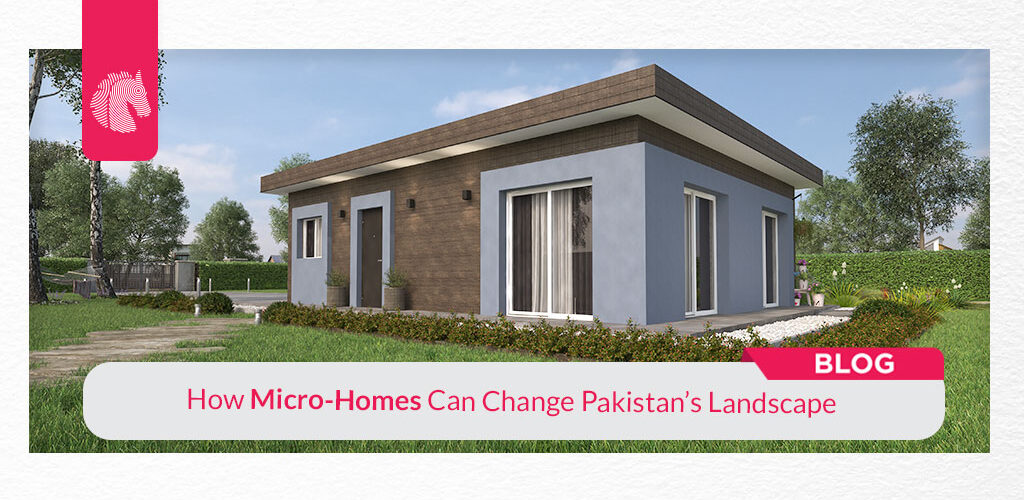
The increasing demand for housing in urban centers has created an additional conundrum for many governments. According to World Bank (WB) data, Pakistan’s growth in population was 1.978%, indicating that now the need for residential units will rise year after year.
Increasing property and construction costs make housing costs far more costly compared to what they currently are, causing individuals to struggle to purchase a home at such a high price due to unemployment, low wages, and inflation. Developers of real estate in Pakistan are exploring the concept of micro-housing in a bid to cut expenses and provide a sustainable construction facility at affordable prices.
In 2011, Pakistan had a housing problem of 10 million units, which would have increased by now, nearly a decade later. In today’s blog, we will cover the advantages of Micro-Housing and how it would benefit Pakistan.
What Are Micro-Homes?
Micro-houses are modest residences with one bedroom that are mainly meant for single occupancy. These are small, but they come with all the essential amenities and are fully functional. The configuration of micro-homes is designed to make home maintenance easier for homeowners. Single flats are ideal for college students or bachelors who cannot offer high rents and prefer a simple, small environment while working and earning. Moreover, the decor of these dwellings are modern, which adds to the allure of living there.
Aside from students, a substantial chunk of Pakistan’s population earns low wages and therefore can afford to buy a home in the long term. They will enjoy a comfortable lifestyle with modern technology in small, affordable apartments. As a result of rising demand, the resale value of the residences will emerge.
Advantages of Micro-Homes
The population density is increasing
The amount of residents in a square kilometer may be utilized to calculate the density of population of a city or any other location (people per sq. km of land area). Micro flats may serve as an efficient means of raising the density of population of a city.
As per World Bank data, Pakistan had a density of population of 286.5 people per square kilometer in 2020, while Islamabad city had a density of 2,089 people per square kilometer.
Furthermore, Islamabad’s total area is estimated to be 906.5 square kilometers, and when the city’s population density is compared to its land area, it is clear that Islamabad has a low population density.
Low-maintenance
Smaller homes meet all of the necessities that residents require and are less expensive than larger ones. These houses have all of the modern conveniences required to live conveniently on a budget.
Management of housing supply and demand
Micro-apartments are being endorsed as the key solution to narrow the existing gaps between the demand and supply of homes. According to the Punjab Spatial Strategy 2047, 10.7 million dwelling units are needed in Punjab’s rural districts alone, likened to 6.4 million in the city.
Furthermore, only the Punjab province would see a 37 million rise in housing demand by 2047, highlighting the importance of taking a novel and extensive approach to the problem.
Thriving in a sustainable manner
Such dwellings endorse livable communities by utilizing very few energy resources, making them more environmentally conscious, as the demand for simple and compact living grows.
Flourished in a long-term manner
As the requirement for simple and compact living grows, such houses promote resilient communities by leveraging very few energy resources, making them more environmentally conscious.
Innovative Interior Design
Micro apartments have thoughtfully designed decor with ingenious space-saving possibilities. Space-saving options can accommodate young people’s knack for simplicity.
Justification for Lateral Development
Lateral development can be bolstered by micro-apartments. Pakistan’s total population has fallen as a consequence of a horizontal phenomenon that has occurred in Pakistani town development over time. In accordance with the Ministry of Planning, Development, and Reform, Dubai has 200,000 inhabitants per square kilometer, whereas Pakistan has only 6000.
As stated in the Planning Commission’s “Pakistan 2025” study, one of the primary goals of the 2025 dream is the advancement of vertical housing societies.
Housing Societies Possibilities
Micro residences can present a compelling argument for substituting housing collectives in Pakistan. When contrasted to inhabitants of housing societies, service provision is straightforward.
According to research on how much time people spend having to travel between work and home, security in vertical structures is easier compared to other types of housing. Micro-apartment residents can obtain comparable services without discrimination.
Can micro housing be the answer to Pakistan’s future?
Even so, it is difficult for countries to provide housing quality facilities for all because of an array of factors such as rising inflation, high construction costs, and elevated rental prices. Cities are under immense strain to boost their population capacity as a result of rapid urbanization.
Costs are rising due to greater interest in residential estate and less construction. In this scenario, micro houses are the best choice for addressing the country’s housing problems and rising costs. They can assist in this situation because they are reasonably priced and provide all necessary amenities.







